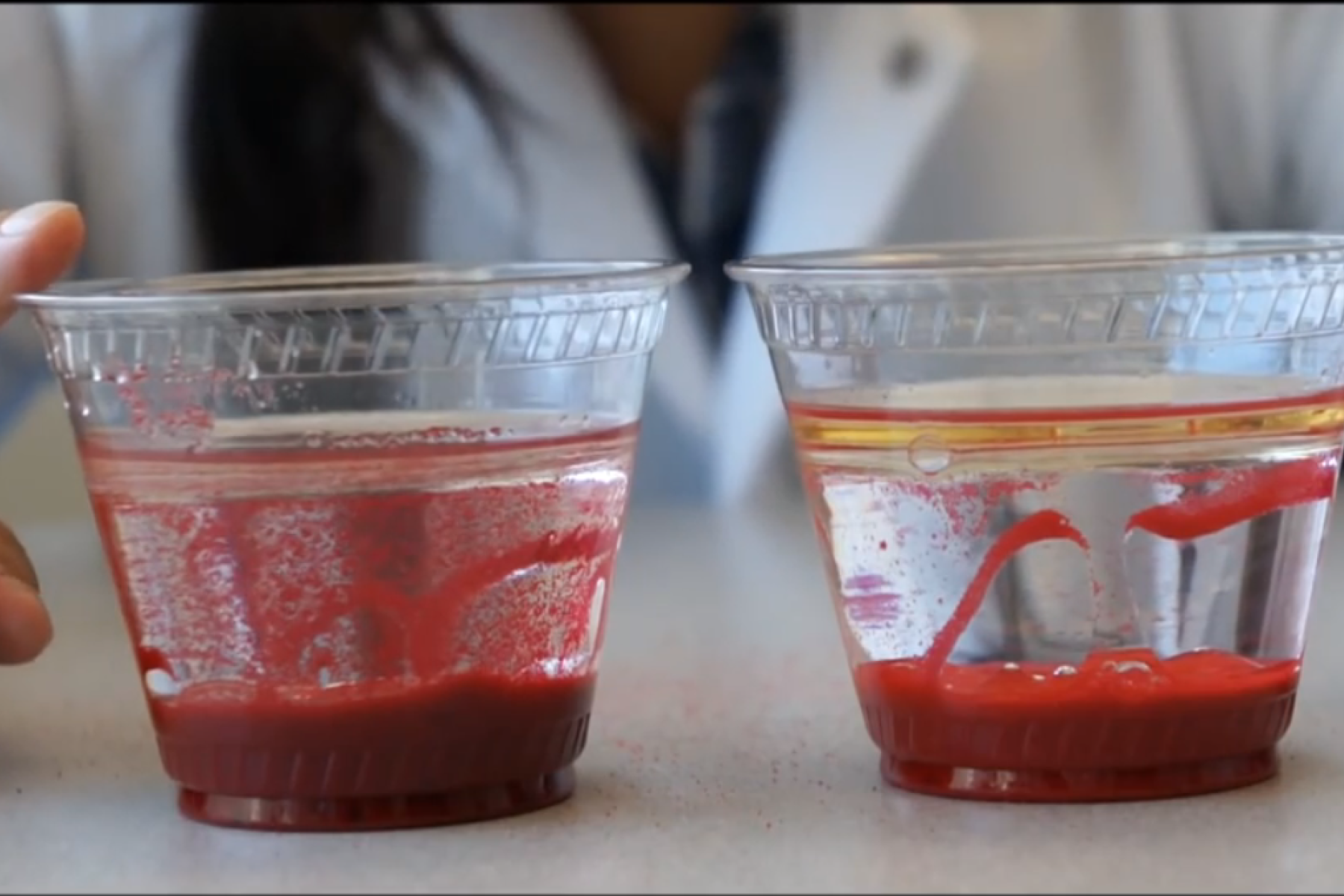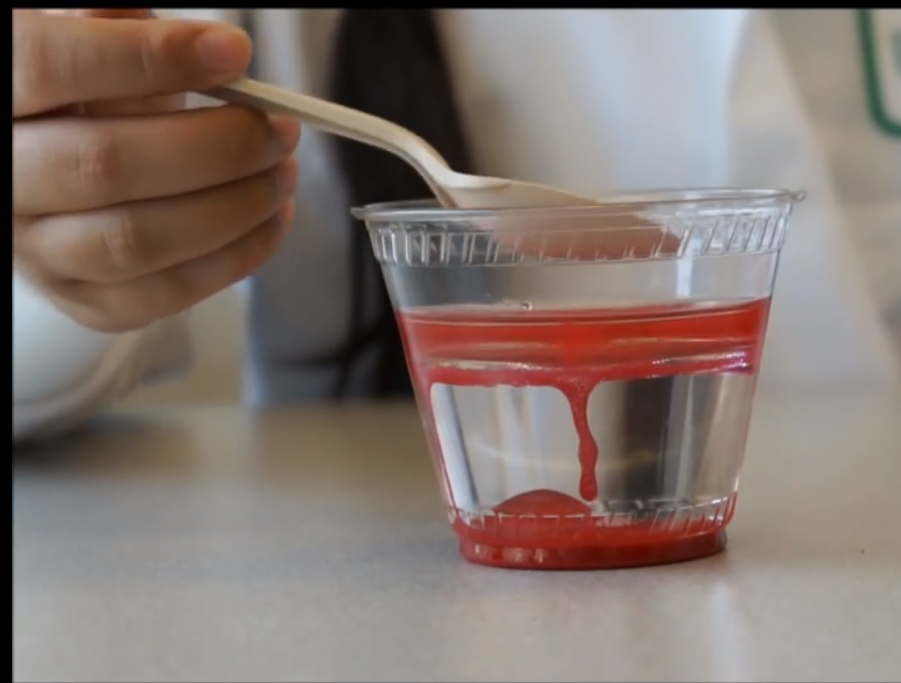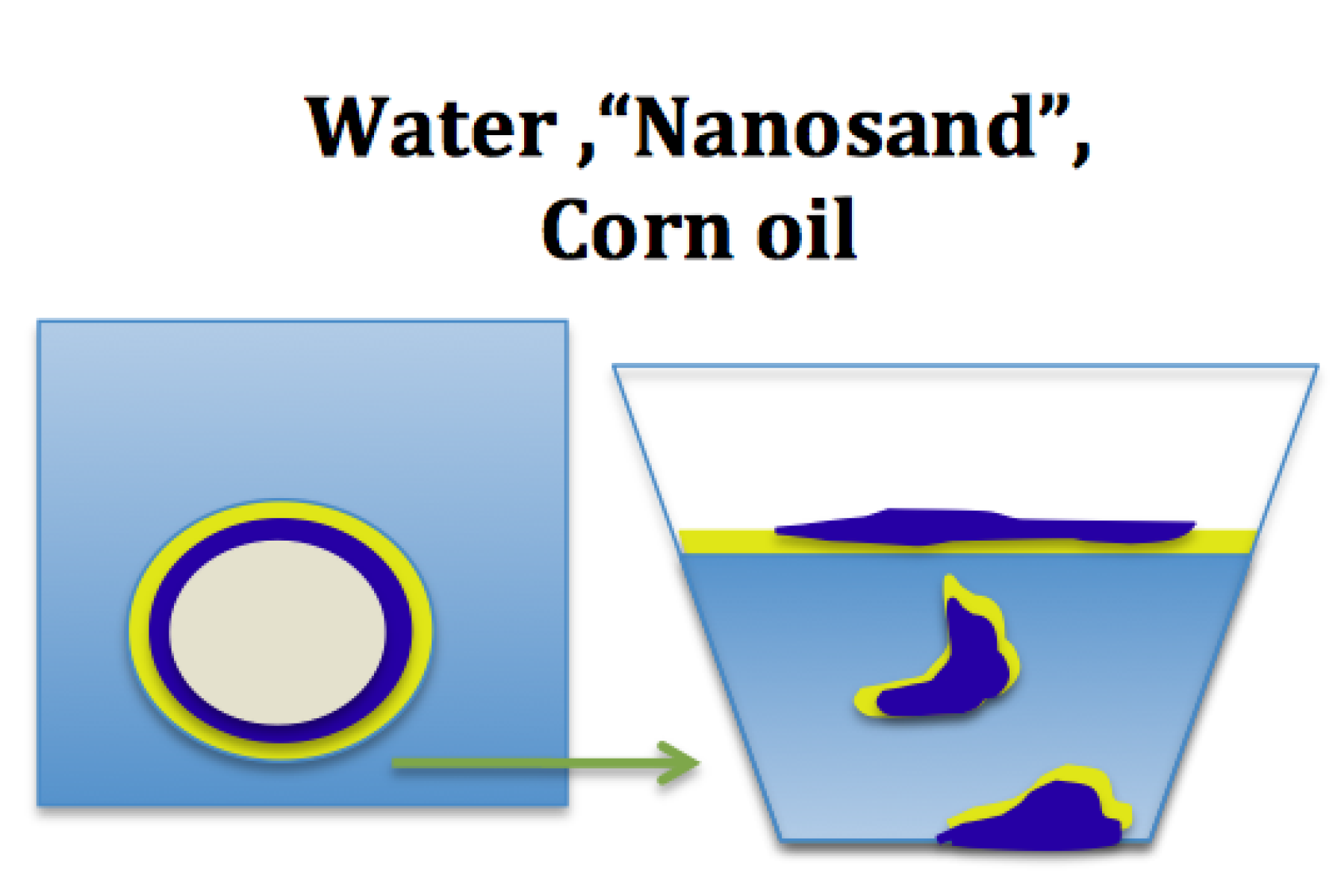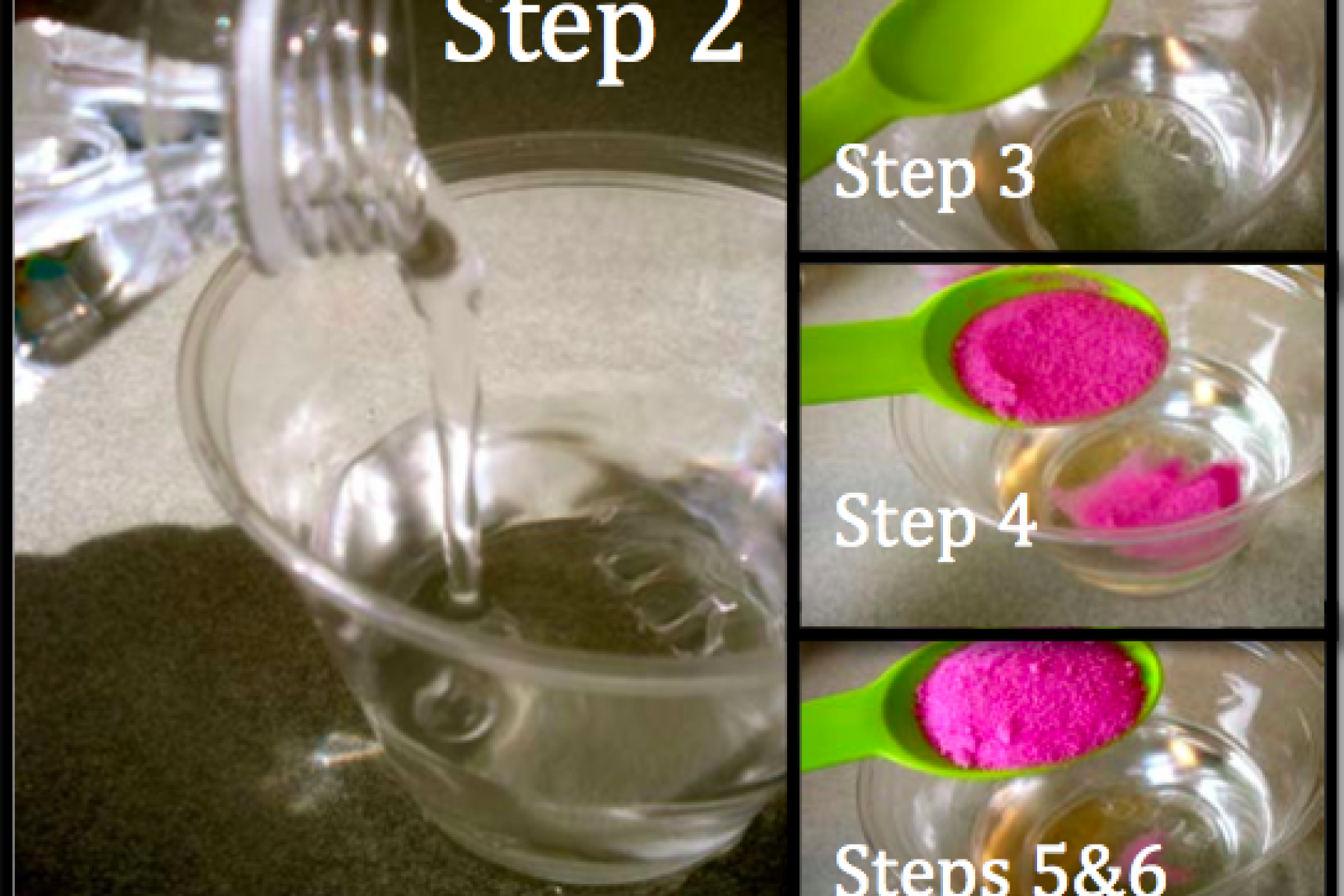DESCRIPTION
"Nano sand" is a product that was originally invented to help clean up oil spills in water. Since the "nano sand" is hydrophobic, it does not let water molecules pass through. It does, however, let oil molecules pass through. When oil-contaminated water is exposed to "magic sand", the oil passes through and leaves clean water behind. And when "magic sand" is sprinkled on top of oil spills, the sand binds with the oil and creates oil- filled sand clumps that fall to the bottom of an ocean or lake. If you use a small amount of oil so that it does not make a full layer and instead forms bubbles and then sprinkle the "magic sand", you can actually see the "magic sand" move from the water into the oil. The silicon-coated sand, also called "nano sand" and "magic sand," is a specially treated product that has hydrophobic or "water-fearing" properties. In order to make the "nano sand" hydrophobic, each grain of sand is completely coated with silicon. The thickness of the silicon coating is extremely small- in fact, it’s only one nanometer thick! And because of this microscopic thickness, it feels just like regular sand. However, if you compare what happens in Cup 1 (regular sand) to what happens in Cup 2 ("nano sand"), you can see that the ways they react are completely different.
DESCRIPTION
"Nano sand" is a product that was originally invented to help clean up oil spills in water. Since the "nano sand" is hydrophobic, it does not let water molecules pass through. It does, however, let oil molecules pass through. When oil-contaminated water is exposed to "magic sand", the oil passes through and leaves clean water behind. And when "magic sand" is sprinkled on top of oil spills, the sand binds with the oil and creates oil- filled sand clumps that fall to the bottom of an ocean or lake. If you use a small amount of oil so that it does not make a full layer and instead forms bubbles and then sprinkle the "magic sand", you can actually see the "magic sand" move from the water into the oil. The silicon-coated sand, also called "nano sand" and "magic sand," is a specially treated product that has hydrophobic or "water-fearing" properties. In order to make the "nano sand" hydrophobic, each grain of sand is completely coated with silicon. The thickness of the silicon coating is extremely small- in fact, it’s only one nanometer thick! And because of this microscopic thickness, it feels just like regular sand. However, if you compare what happens in Cup 1 (regular sand) to what happens in Cup 2 ("nano sand"), you can see that the ways they react are completely different.
TRAINING VIDEOS
OBJECTIVES
BIG IDEA
The way a type of material behaves on the macro scale (big enough to see with your own eyes) differs when it is in the nano scale. Although you can’t see or feel the silicon coating on the sand, you can still see how it reacts differently than regular sand when mixed with water. “Nano sand” is an example of how nano science has applied useful properties found in macro materials to a smaller, nano scale.
LEARNING GOALS
Follow instructions to construct a model of an oil-spill cleanup.
Predict physical and chemical reactions between substances
Observe hydrophobicity and hydrophilicity
Examine differences between their observations and predictions
NANO CONTENT MAP
Nanometer-sized things are very small, and often behave differently than larger things do.
Nanoscience, nanotechnology, and nanoengineering lead to new knowledge and innovations that weren't possible before.
Credits
University California Center for Environmental Implications of Nanotechnology (UC CEIN). The UC CEIN is housed within the California NanoSystems Institute (CNSI) at UCLA, with a second major hub at the University of California, Santa Barbara.
University California Center for Environmental Implications of Nanotechnology (UC CEIN) is funded by a cooperative agreement from the National Science Foundation and the Environmental Protection Agency (NSF DBI-0830117; NSF DBI-1266377).
This linked product was created by another institution (not by the NISE Network). Contact owning institution regarding rights and permissions.
NISE Network products are developed through an iterative collaborative process that includes scientific review, peer review, and visitor evaluation in accordance with an inclusive audiences approach. Products are designed to be easily edited and adapted for different audiences under a Creative Commons Attribution Non-Commercial Share Alike license. To learn more, visit our Development Process page.





